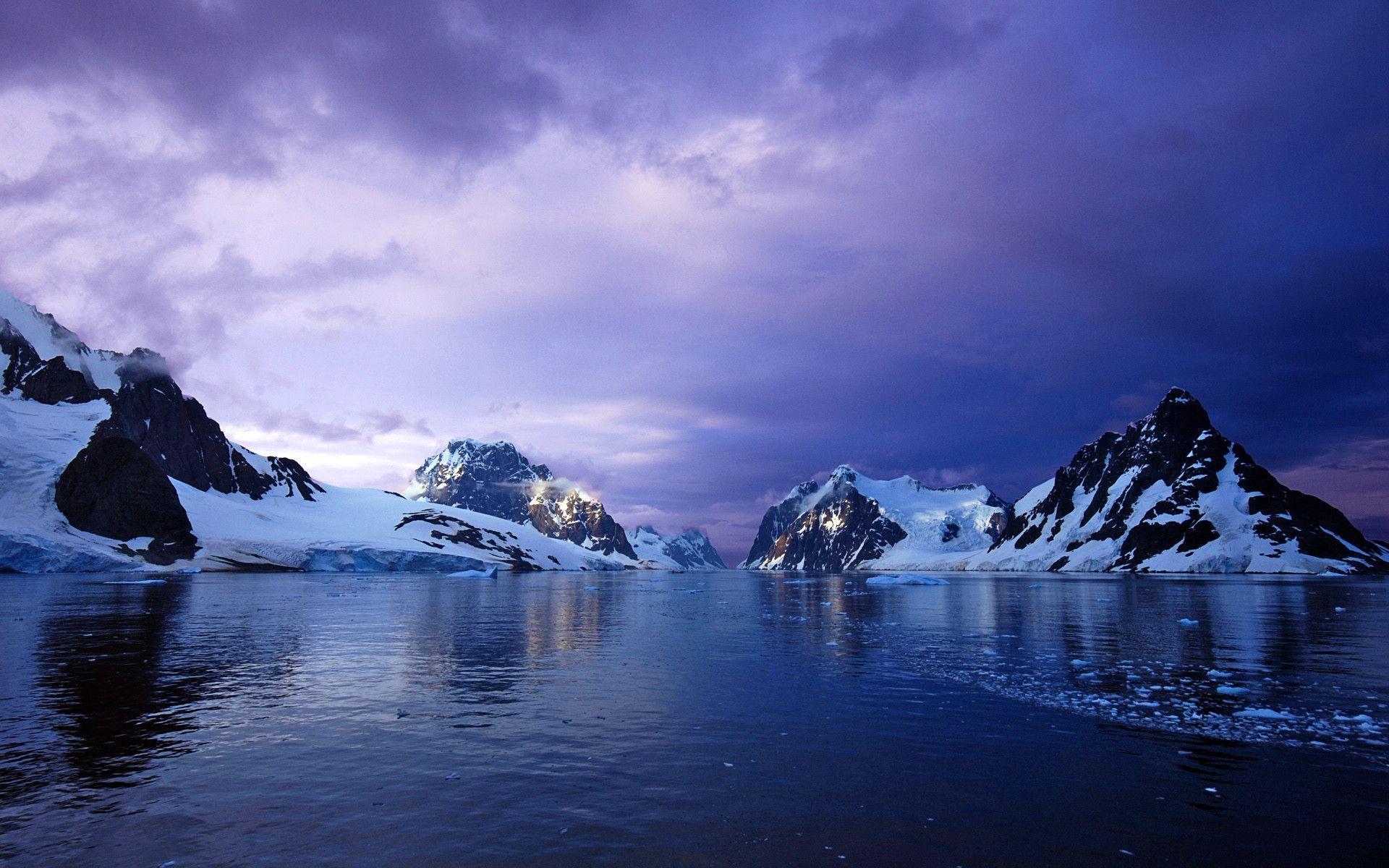Antarctica, a land of stark beauty and mesmerizing wildlife, reigns supreme as Earth's coldest and driest continent. Its vast expanse is cloaked in a perpetual winter, with temperatures plummeting to lows unimaginable. Yet, beneath this icy veneer thrives a unique ecosystem teeming with life that has adapted to survive in one of the planet's most extreme environments.
Dominating the Antarctic landscape are colossal glaciers, formed over millennia by the relentless accumulation of snow. These majestic giants crawl outwards from the continent's heart towards the surrounding ocean, a testament to the relentless power of nature. Remarkably, a snowflake falling on the South Pole embarks on a 50,000-year odyssey before finally reaching the embrace of the sea.
While Antarctica boasts a desolate landscape, its shores come alive with a vibrant penguin population. Adelie, gentoo, chinstrap, and emperor penguins proudly call this icy realm their home, diligently constructing nests and raising their chicks amidst the frigid conditions. Interestingly, other penguin species establish their colonies on nearby islands surrounding the continent.
Among these penguin inhabitants, the emperor penguin stands out as a champion of resilience. Emperor penguins undertake an extraordinary journey, venturing a staggering 80 kilometers (50 miles) inland to breed. This epic trek showcases the lengths these devoted fathers go to ensure the survival of their offspring. The male emperor penguin assumes the critical role of incubating the egg and nurturing the chick after hatching. The young chick clings to its father's warm feet for warmth, a crucial defense against the biting winds that threaten to claim lives in mere minutes.
Sharing the Antarctic skies is the magnificent wandering albatross, the undisputed champion of wingspans in the avian world. These aerial giants boast a wingspan reaching a staggering 2.5 meters (12 feet), allowing them to effortlessly glide across vast distances in search of sustenance. With their seemingly effortless grace, wandering albatrosses embody the spirit of freedom and resilience in the harsh Antarctic environment.
The Antarctic waters provide a bountiful feast for a diverse array of seal species. Six distinct seal types call this region home, forming thriving colonies with minimal natural threats. Among these, the crabeater seal employs a unique technique for feeding. Despite their misleading name, crabeater seals don't actually consume crabs. Instead, they utilize their specialized teeth to sieve krill, tiny shrimp-like creatures, from the surrounding water, a testament to their remarkable adaptation for survival in this rich marine ecosystem.
Taking the crown for the largest seal on Earth is the mighty southern elephant seal. This behemoth can reach a length of 6 meters (18 feet), with males tipping the scales at the astonishing weight of two average cars. Their sheer size and formidable presence contribute to the captivating diversity of Antarctic wildlife.
The harshness of Antarctica might lead one to believe that life on land is non-existent. However, nature constantly surprises us. Springtails, tiny insect-like creatures equipped with spring-loaded appendages for jumping, defy the odds and thrive in this challenging environment. Their presence showcases the remarkable resilience and adaptability of life, even in the most forbidding corners of the Earth.
While Antarctica's landscape is overwhelmingly dominated by white, a hint of green peeks through in the form of Antarctic hairgrass. This tenacious plant holds the distinction of being one of only two flowering plant species that have managed to survive the unforgiving Antarctic climate. Its struggle for existence is a testament to the unwavering spirit of life.
When embarking on journeys to the sea from their nesting grounds, penguins often adopt a comical single-file formation. This synchronized waddle highlights their impressive social behavior and collaborative spirit. To further enhance their movement, penguins can resort to a belly-flopping technique, propelling themselves forward on their bellies using their wings and feet.
Tags:
Science

